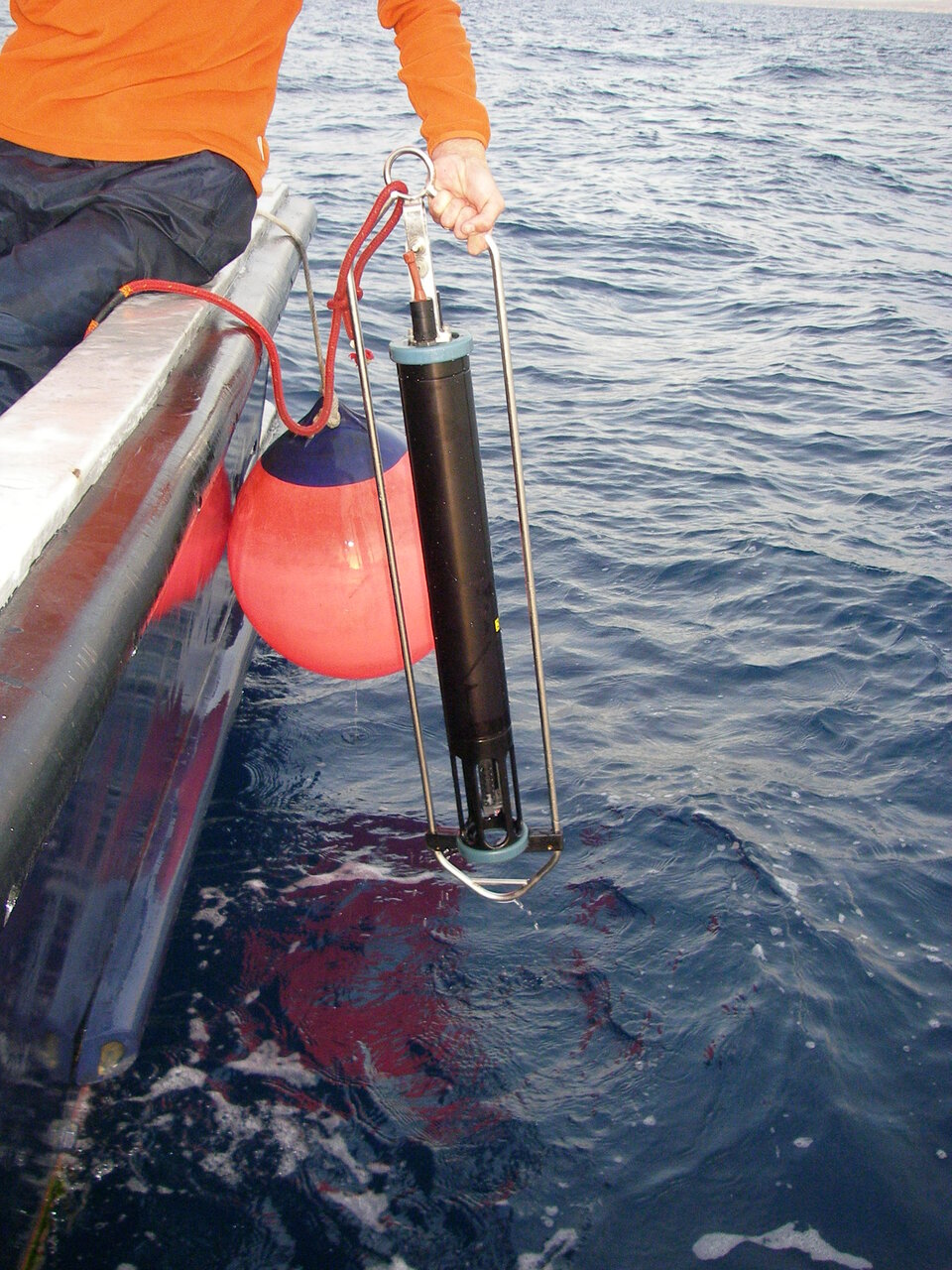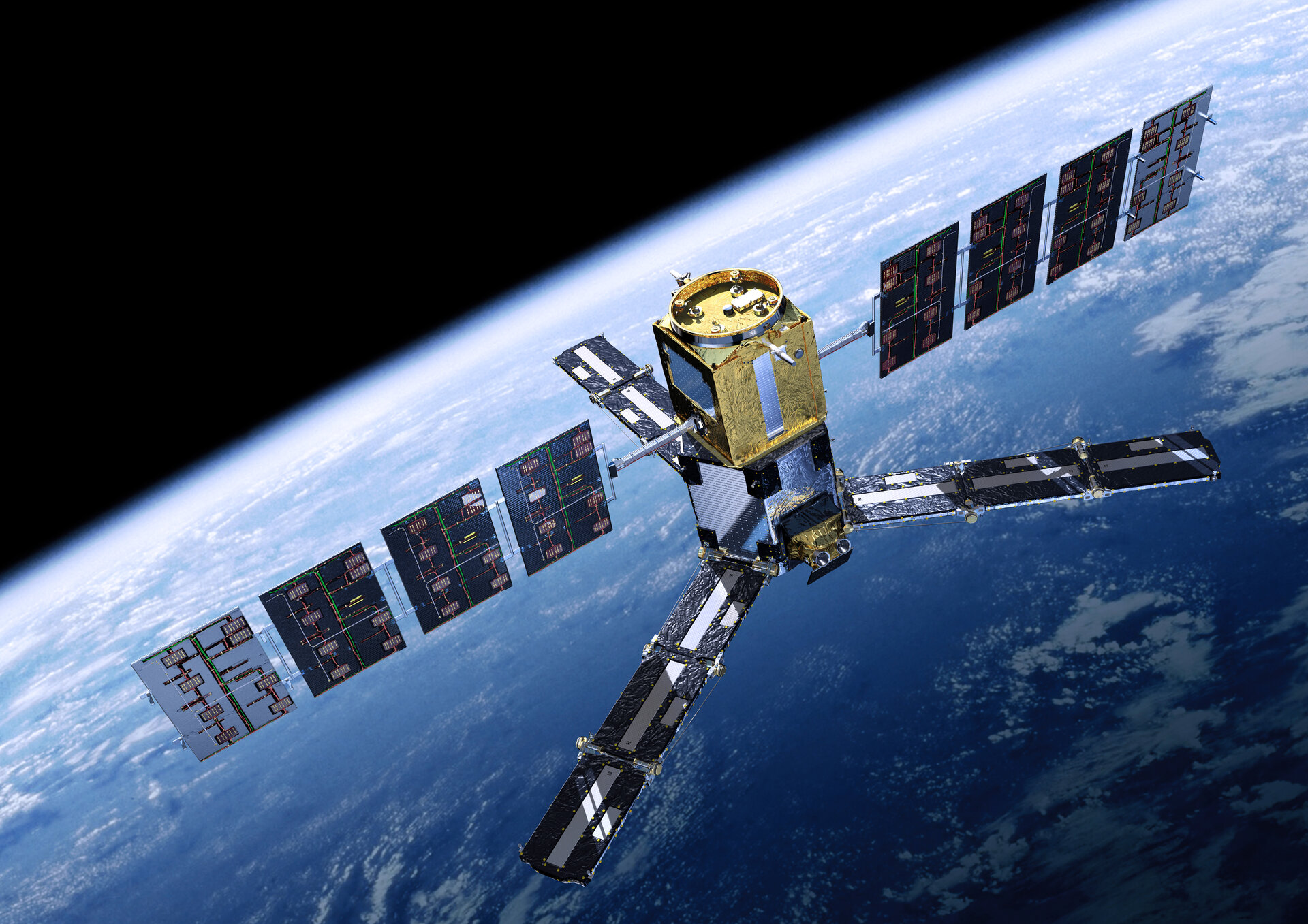Understanding ocean salinity
ESA's Soil Moisture and Ocean Salinity (SMOS) mission observes soil moisture over the Earth's landmasses and salinity over the oceans. Combined, these measurements are a powerful aid to the understanding of the water cycle which affects so many things on Earth. The data on ocean salinity are vital for improving our understanding of ocean circulation patterns.
Launched on 2 November 2009, SMOS carries the first polar-orbiting space-borne 2-D interferometric radiometer. The instrument observes both soil moisture and ocean salinity by capturing images of emitted microwave radiation around the frequency of 1.4 GHz (L-band).
Salinity describes the concentration of dissolved salts in water. It measures in practical salinity units (psu), which expresses a conductivity ratio. The average salinity of the oceans is 35 psu, which is equivalent to 35 grams of salt in 1 litre of water. SMOS aims to observe salinty down to 0.1 psu (averaged over 10-30 days and an area of 200 km x 200 km) - which is about the same as detecting 0.1 gram of salt in a litre of water.
There are few historical measurement data on ocean salinity, and only a small fraction of the ocean is sampled on a regular basis. Changes in the salinity of surface seawater are brought about by the addition or removal of freshwater, mainly through evaporation and precipitation, but also, in polar regions, by the freezing and melting of ice.

Salinity and temperature determine the density of seawater, and density in turn is an important factor driving the currents in our oceans. Ocean circulation plays a crucial role in moderating the climate by, for example, transporting heat from the Equator to the poles. Ocean salinity is also linked to the oceanic carbon cycle, as it plays a part in establishing the chemical equilibrium, which in turn regulates the CO2 uptake and release. Therefore the assimilation of sea surface salinity measurements into global ocean bio-geo-chemical models could improve estimates of the absorption of CO2 by the oceans.
Variability in soil moisture and ocean salinity is due to the continuous exchange of water between the oceans, the atmosphere and the land – the Earth's water cycle. Improving our knowledge of the water cycle will contribute to better weather and extreme-event forecasting and seasonal-climate forecasting.
The design and construction of SMOS involved more than 20 European companies and hundreds of technicians and engineers around Europe.




